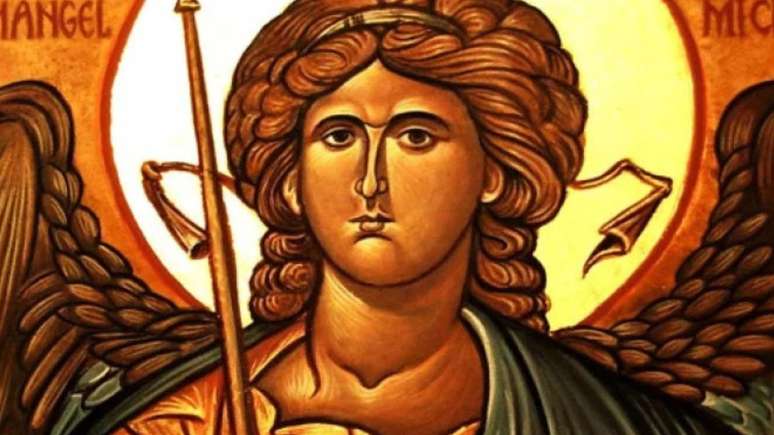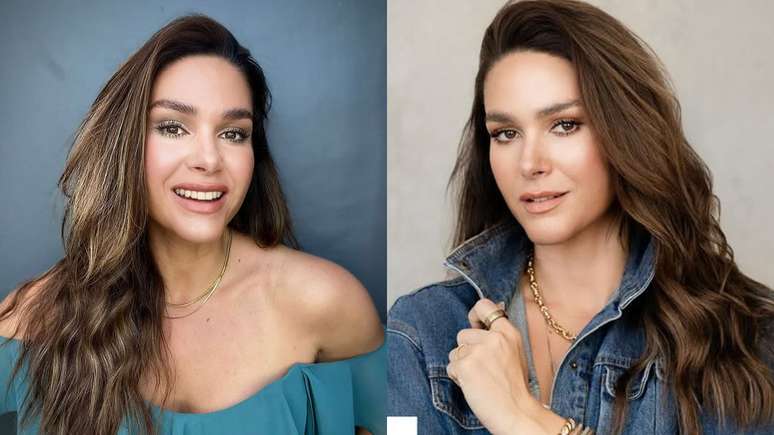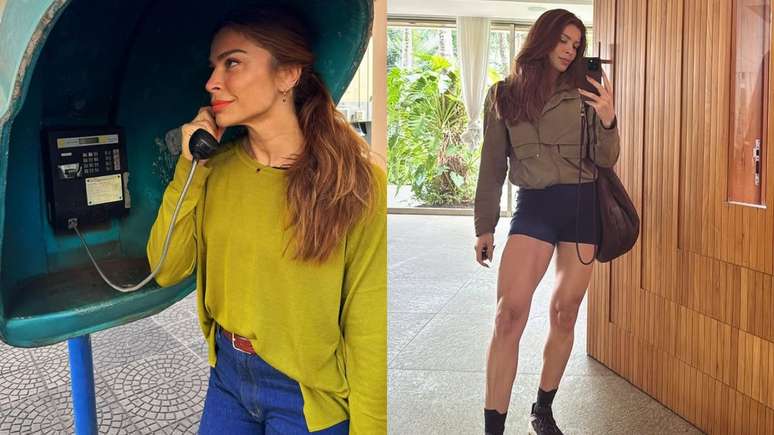-
Female clothes in Muslim countries are deeply linked to religious and cultural traditions, which vary according to the region. Often these clothes symbolize modesty, faith and identity, but they can also be seen as impositions.
Photo: Public domain / Wikimedia Commons / Flipar
-
In some countries, use is optional and interpreted as a personal expression of religiosity. In the most conservative nations, the restrictions are serious, with state rules that require women to cover the part or the whole body.
Photo: Image of Non Sclepsh / Flipar
-
Hijab – Hijab is the best known type, used by millions of Muslim women all over the world. It is a handkerchief that covers the hair, neck and, in some cases, the shoulders.
Photo: Hijabis4ver / Wikimedia Commons / Flipar
-
This garment makes the face totally visible, allowing easy identification of the person. It is common in countries such as Egypt, Türkiye and Indonesia, where it can be adopted both by tradition and individual choice.
Photo: Flipar
-
Niqab – Niqab covers the entire face, only allowing the eyes to show. It is quite associated with more conservative practices in countries such as Saudi Arabia and Yemen.
Photo: Bernard Gagnon / Wikimedia Commons / Flipar
-
Many women who use Niqab affirm that it symbolizes devotion and obedience to religious rules. For others, however, it is seen as a symbol of repression, since it reduces visibility and social interaction.
Photo: Steve Evans / Wikimedia Commons / Flipar
-
Chador – In Iran, the traditional piece is Chador, a large semicircular cloak that covers the whole body. It is usually used in public, accompanied by a handkerchief below to ensure full coverage.
Photo: Hannah al -aydrus – Wikimedia Commons / Flipar
-
Chador is usually black, but it may appear in other colors in several private environments. He is strongly associated with the 1979 Islamic revolution, which has strengthened his obligation in public spaces.
Photo: Reproduction of Flickr Chador Lover / Flipar
-
BURCA – Burka is considered the most rigid dress among all options. It completely covers the body, including the face and eyes, which are protected by a fabric screen.
Photo: Jan Chipchase / Wikimedia Commons / Flipar
-
It is widely used in Afghanistan, in particular under the regimens of Talibain, which impose its obligation. Burka symbolizes both tradition and political imposition in extreme contexts of conservatism.
Photo: Jan Chipchase / Wikimedia Commons / Flipar
-
Hijab, being the most flexible, is even accepted in cosmopolitan environments. Many women reconcile the handkerchief with modern clothes, creating a style that combines fashion and religious tradition.
Photo: Pixabay / flipar image image
-
In some regions, the use of hijab is encouraged by the family, but the final decision depends on the woman. This freedom strongly contrasts with the countries where there are punishments for those who cannot respect the clothing standards.
Photo: Image Freepik / Flipar
-
Niqab brings practical and social issues as it covers facial expression. This can make communication difficult and generate debates on safety and identity in public spaces.
Photo: Marcello Casal Jr/Apr. / Flipar
-
Even so, there are women who defend their use as a choice of personal faith. They argue that the game protects its intimacy and strengthens its commitment to religion.
Photo: Pixabay / flipar image image
-
Chador is part of the Iranian cultural identity and appears in religious environments and ceremonies. It is used by different age and social classes, always associated with Islamic modesty.
Photo: Reproduction of Flickr Chador Lover / Flipar
-
However, Chador also represents state control policies on women’s private life. Many protests in Iran imply precisely the freedom to choose or not use it.
Photo: Reproduction from Facebook / Flipar
-
Burcar is the goal of international criticism by canceling the visual identity of the woman. Some governments have even forbidden their use in public places for security reasons.
Photo: Flickr Ilyas Ansari / Flipar
-
Despite criticisms, some women use it as a way to maintain cultural tradition and protect their privacy. Therefore, the game becomes a theme of a strong debate between individual and collective rights.
Photo: Flickr Knottleslie / Flipar
-
Each of these clothing has multiple meanings that vary between devotion, identity and imposition. What for some is a symbol of faith, for others it can represent limitation and inequality.
Photo: Reproduction of YouTube ABC Australia / Flipar
-
These clothes are still the subject of global discussion, which connects religion, culture, politics and human rights. Understanding each of them helps to understand the complexity of Muslim companies and their contemporary challenges.
Photo: Image Freepik generated by IA/ Flipar
Share
Source: Terra
Ben Stock is a lifestyle journalist and author at Gossipify. He writes about topics such as health, wellness, travel, food and home decor. He provides practical advice and inspiration to improve well-being, keeps readers up to date with latest lifestyle news and trends, known for his engaging writing style, in-depth analysis and unique perspectives.









